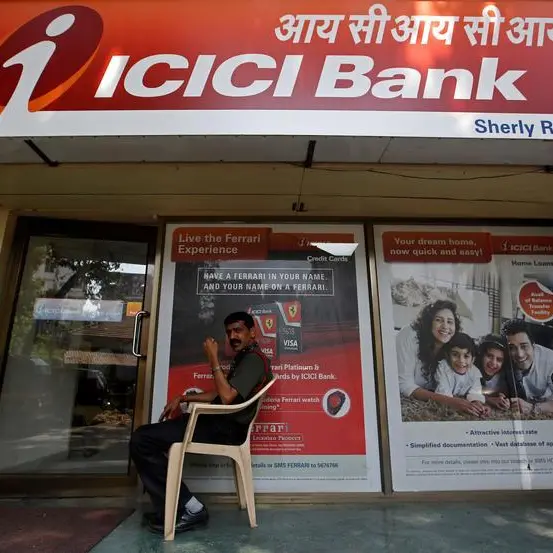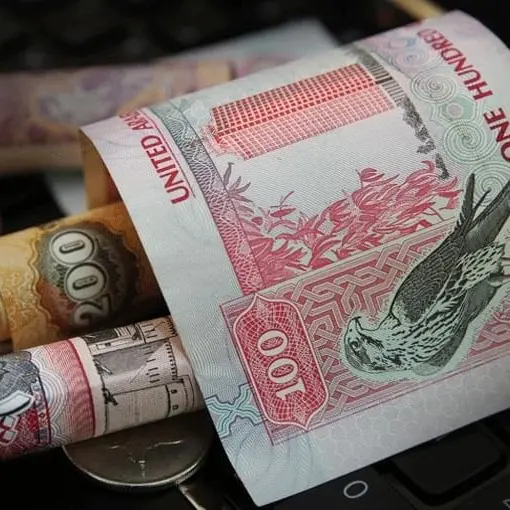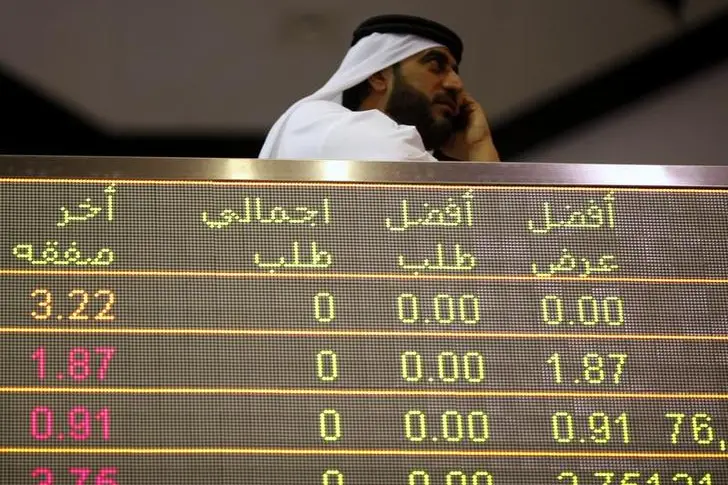PHOTO
An investor watches the share index at a local share and stock market in the northern Indian city of Chandigarh. Ajay Verma, Reuters
MUMBAI - National Bank for Financing Infrastructure and Development's (NaBFID) debut bond issue got bids nearly five times the size of its base issue and traders expect a similar response for future debt sales by India's newest infrastructure lender.
The state-owned company received bids of more than 236 billion rupees ($2.88 billion), against the base size of 50 billion rupees. It ultimately raised 100 billion rupees by selling 10-year bonds at a 7.43% coupon.
"We were thinking of 25-30 bps above the 10-year government bond yield (annualised at 7.15% based on current yield)," Rajkiran Rai, NaBFID's managing director told Reuters.
"The demand came from insurance companies, employee pension funds, private and public sector banks and provident funds, including EPFO," Rai said, referring to the state-run Employees Provident Fund Organisation.
Merchant bankers said a large state-run insurance company was among the largest investors in the issue, purchasing between 20 billion rupees and 30 billion rupees.
"Investors are looking into new assets, especially in the AAA-rated category," said Venkatakrishnan Srinivasan, founder and managing partner of debt advisory firm Rockfort Fincap.
"NaBFID being a 100% central government-owned undertaking, large institutional investors have shown keen interest to participate as they have large exposure limits available with them."
While NaBFID's bonds do not hold an explicit government guarantee, they include a 'put option' should the government's stake in the institution fall below 51%.
Besides, given this was NaBFID's first-ever offering, investors did not have to worry about investment limits, which triggered the gold rush. And that demand is expected to sustain.
"There are very few papers from AAA-rated infrastructure companies and hence, future debt sales of NaBFID will continue to entice strong investor demand," said Nagesh Chauhan, head of debt capital market at Tipsons Group.
"Also, supply from NaBFID will not come as often as other companies and hence, insurance companies, which have mandates to invest in these papers, would continue to buy whenever the supply hits."
Traders also noted the dearth of such debt supply since state-run NHAI cut down its fundraising in the last two years.
NaBFID was set up to help fill the gap in infrastructure financing after commercial banks withdrew from the space due to large defaults between 2010 and 2015.
It aims to sanction loans worth 1 trillion Indian rupees by the end of the current financial year. ($1 = 82.0800 Indian rupees)
(Reporting by Dharamraj Dhutia and Bhakti Tambe; Editing by Savio D'Souza)























